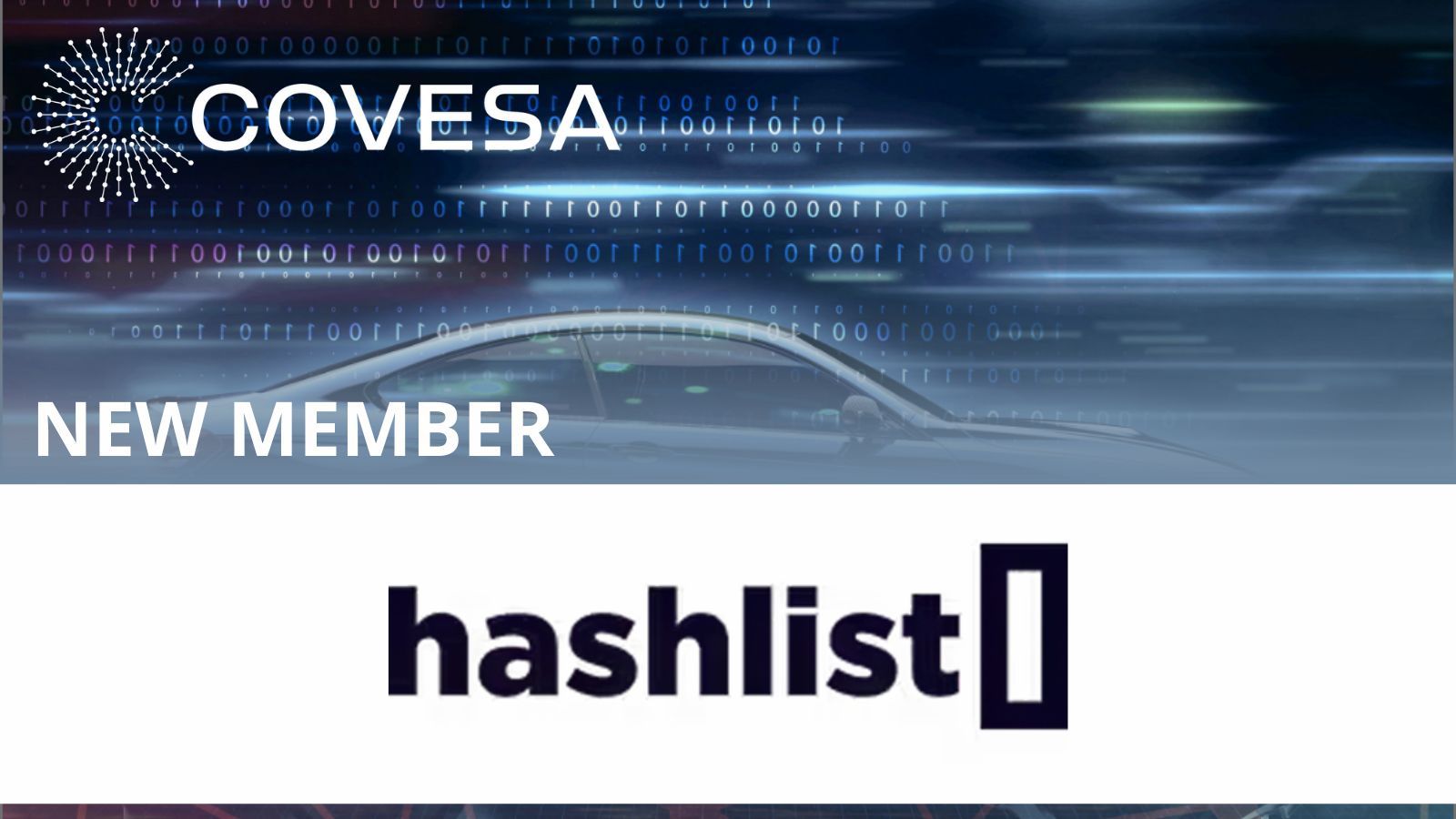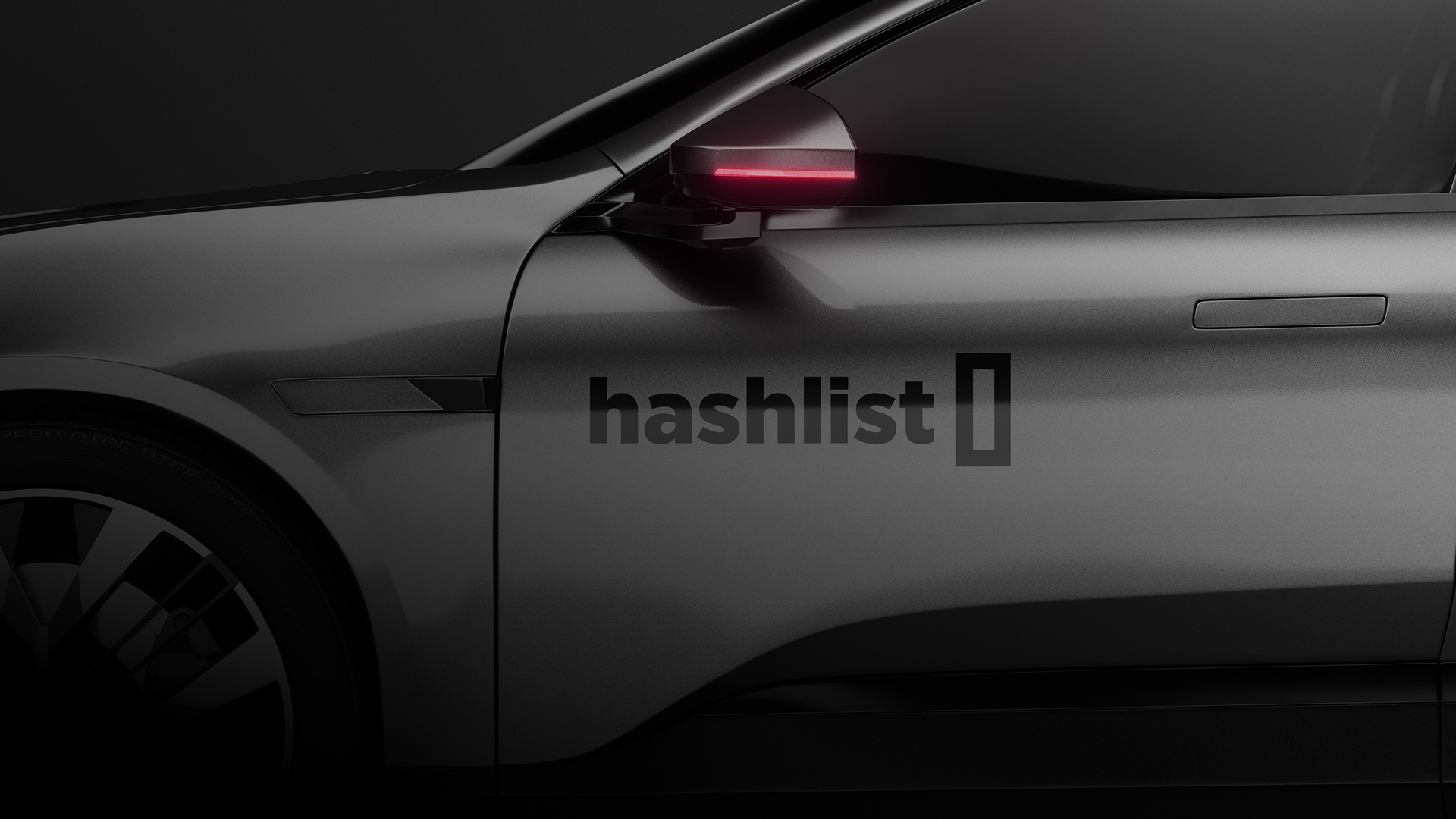Legacy OEMs are automakers that have built cars for decades and have established operations, but are facing challenges from new entrants & tech companies building cars.
The following 5-10 years are crucial for winning and will require strategic partnerships, workforce transformation, and bold investments.
In this article, we will focus on why strategic partnerships are needed, which ones are needed, and which benefits they bring.
Why strategic partnerships are important for OEMs
Previously, OEMs could focus on what they did best: Build cars. However, as the customer requirements have become more complex, cars collecting millions of data points, and new entrants innovate faster than ever before, new partnerships are required to succeed.
Strategic partnerships are created to quickly transform, connect millions of cars, electrify fleets, and reinvent the digital experience for the customer. Coming from a legacy OEM standpoint, there are both advantages and disadvantages of being in this new electrified and digital era:
- Legacy OEM advantages: Their expertise, experience, supply chains, and brand loyalty from customers
- Legacy OEM disadvantages: Legacy culture, a workforce not suited for the new landscape, slow processes, and resistance to change.
The fastest way to make real change happen is to pursue strategic partnerships with companies that can assist in transforming legacy OEMs into a new automotive era.
Legacy OEMs also have large purchasing power that they can negotiate with, earning them favourable terms in commercial partnerships.
What kind of partnerships should OEMs pursue?
Cross-OEM/Supplier partnerships: Legacy OEMs need to look outward, forget their internal competition, and realize that the biggest risk comes from new entrants. They should collaborate on the following:
- Resources: Legacy OEMs & Suppliers can team up by sharing their global pool of resources like the partnership between General Motors, Magna, and WiPro to create a marketplace for automotive software. https://www.sdverse.co/ or unique marketplaces for automotive-focused tech talent like https://www.hashlist.com/.
- Knowledge: Legacy OEMs should team up on and share insights on how to develop the latest versions of autonomous & connected vehicles, go through organizational change and adapt new technologies. The era of closed secrets and golden geese is no longer.
- Connectivity: By building a standard platform for cars to communicate cross-brand, legacy OEMs can combine their forces by utilising their existing fleets of millions of vehicles, making them compatible with each other, and competing against new entrants with clean slate advantages.
Some of the more well known cross OEM partnerships have been the North American Charging Standard (NACS) from Tesla that has been integrated by Ford in 2025 & General Motors anticipated in 2025. Another one has been BMW and Daimler to combine their expertise for creating a seamless urban mobility experience through car-sharing, charging and transport.
Big tech partnerships: Every auto-company is slowly choosing a main technology partner for cloud solutions & computing. The big players are:
- Google with their cloud solution and Android Auto used by eg: Ford, Jaguar Land Rover, and Renault
- Amazon’s AWS, used by eg: Stellantis, BMW and Volkswagen
- Microsoft’s Azure, used by: BMW, VW, and Renault-Nissan-Mitsubishi
- Apple’s Carplay being available across almost all car brands
Startup partnerships: When legacy OEMs need to move fast, they often invite startups to present their solutions to them, through startup-dedicated conferences such as the MOVE conference: https://www.terrapinn.com/exhibition/move/index.stm.
Startup partnerships can be important to move faster and do things differently, as well as solving problems as they come, and having a broader catalogue of products to choose from.
Some of the examples of partnerships between legacy OEMs and startups include Stellantis acquisition of autonomous driving company AImotive, Porsche acquiring a stake in croatian supercar company Rimac, and Volvo partnering with Luminar Techologies for advanced sensors and autonomous vehicles.
Benefits of strategic OEM partnerships
There are significant benefits for OEMs to create strategic partnerships. Here are the 3 most important:
- Lower costs: Partnering with other legacy OEMs unlocks new opportunities to save cost, connect platforms, and build a unified front against new entrants.
- Culture shift: When partnering with Big Tech and startups, legacy OEMs automatically incorporate some of the culture of the tech world, which accelerates their own internal transformation to become software-first, agile, and streamline legacy processes.
- Moving faster: Big Tech and startups can unlock transformational value for legacy OEMs by allowing them to utilise solutions that would take years to build in house and move onto the next thing instead.
How Hashlist can help
Hashlist is a strategic partner for automotive companies for having on-demand access to the world’s largest pool of automotive-focused technical experts.
Our vision is to serve as a single point of entry to engage thousands of tech experts both for OEMs, Automotive Suppliers, and those that develop technology for the automotive sector.
By partnering with Hashlist, legacy OEMs can transform faster, and always have the an on-demand workforce for ever-changing projects.
Contact us to learn more: https://www.hashlist.com/get-started





